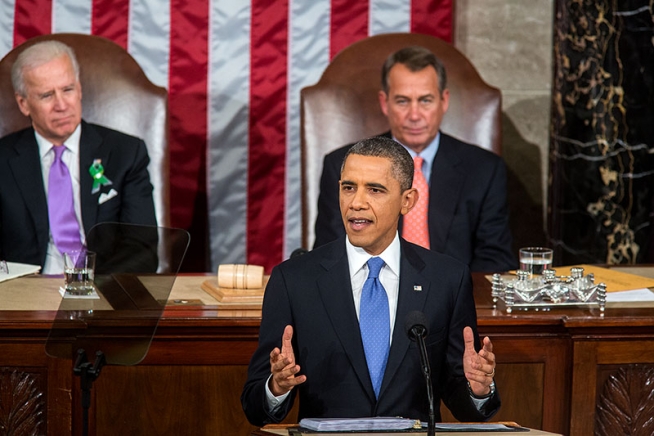Cyber norms & the Australian private sector
Across the world, there are conflicting ideas about how to manage the dynamic environment of cyberspace. States have the liberty of implementing legislation for the domestic regulation of cyberspace, but disagreements arise over national visions for the management of cyberspace internationally. Many have looked to norms to fill this breach, as their flexibility to adapt to changing technology and are attractive for the management of cyberspace and its broader stakeholder group. For this reason, norms, alongside international law have emerged as the preeminent means to establish what is acceptable behaviour in global cyberspace.
As owners and operators of a large amount of the world’s internet infrastructure and expertise, private sector bodies are some of the best placed organisations to speak authoritatively on the operation of cyberspace, and are therefore critical to the successful implementation of norms. However the private sector has largely been absent from the discussions shaping the creation of these international norms. To gain a deeper understanding of private sector perspectives on cyber norms, ASPI conducted a workshop and survey series with experts from some of Australia’s largest and most influential private sector organisations. Through this discussion and workshop series it was established that key Australian private sector organisations both understand and are interested in the formation of cyber norms. The resulting report documents the key takeaways from this research, highlighting central private sector insights on how cyber norms should be shaped to enable economic prosperity and broader wellbeing of the interconnected online ecosystem.



